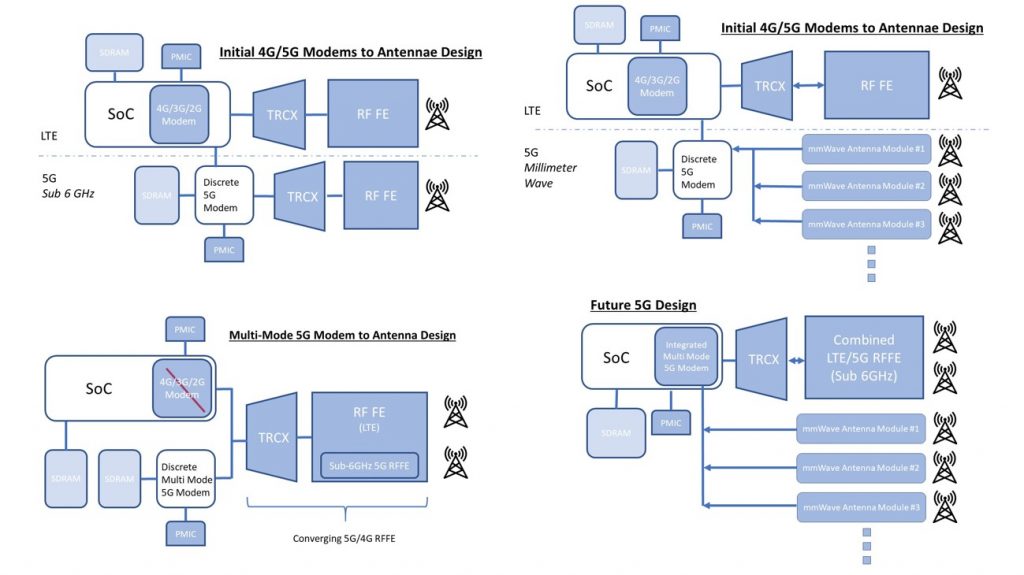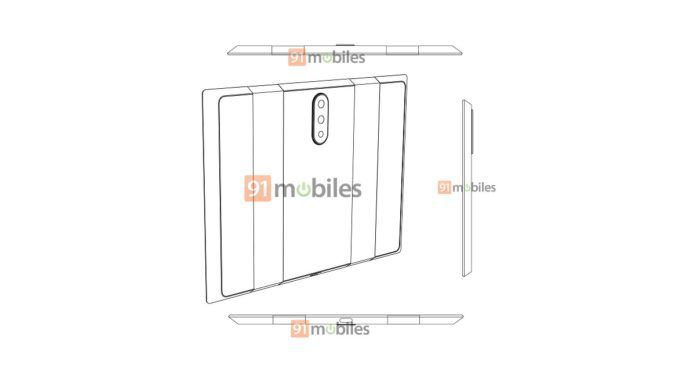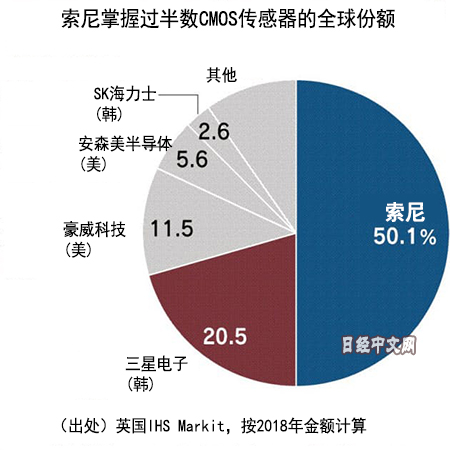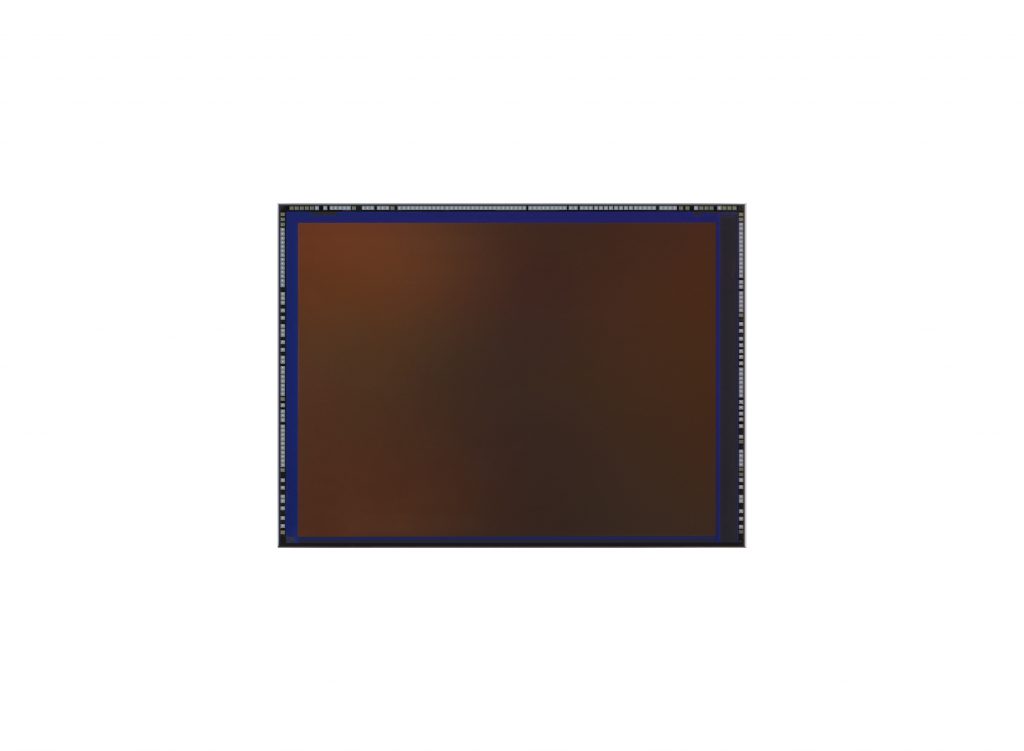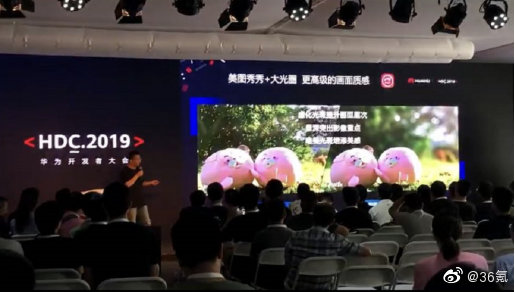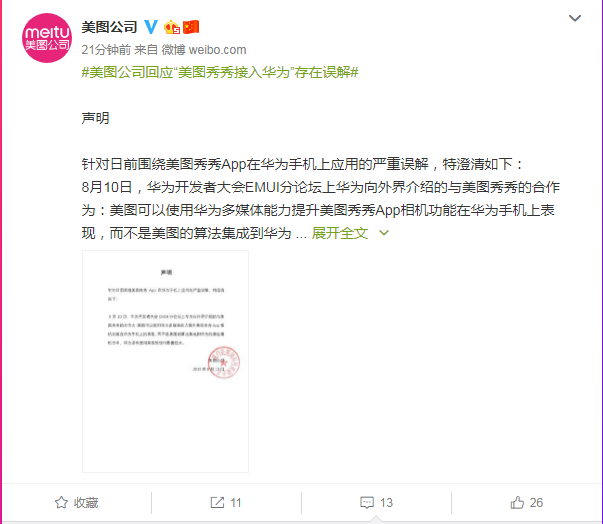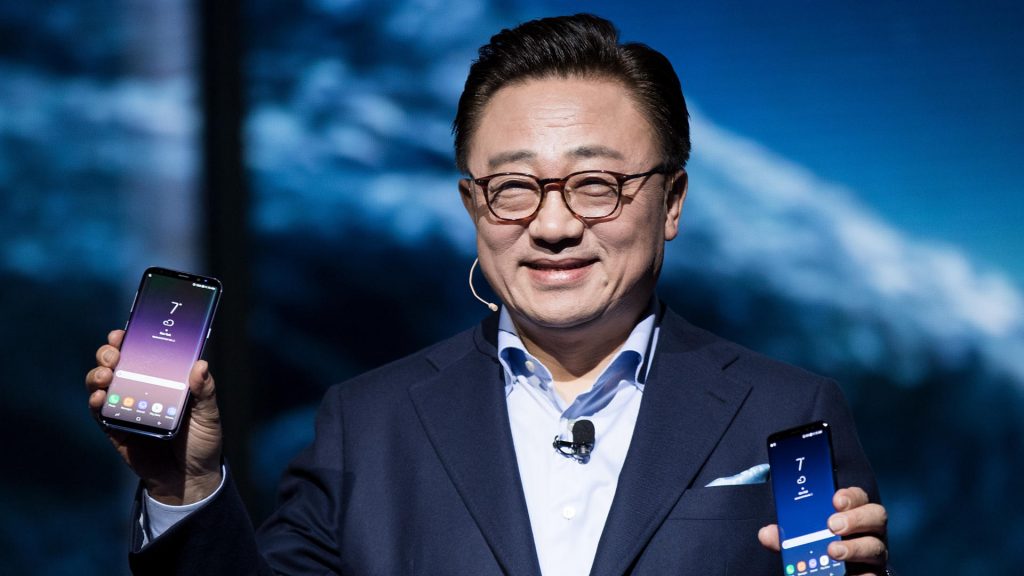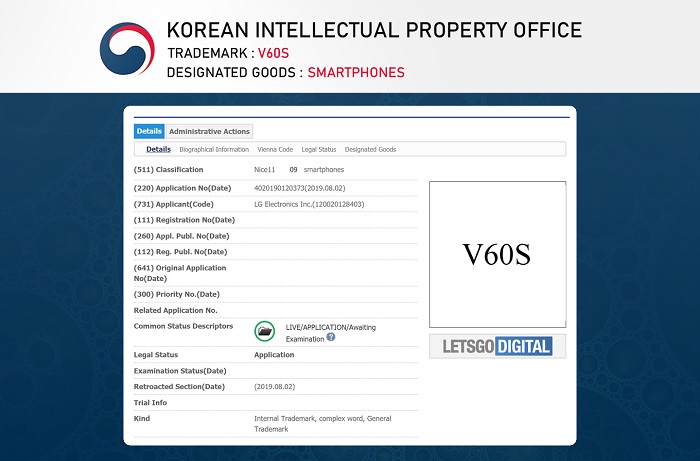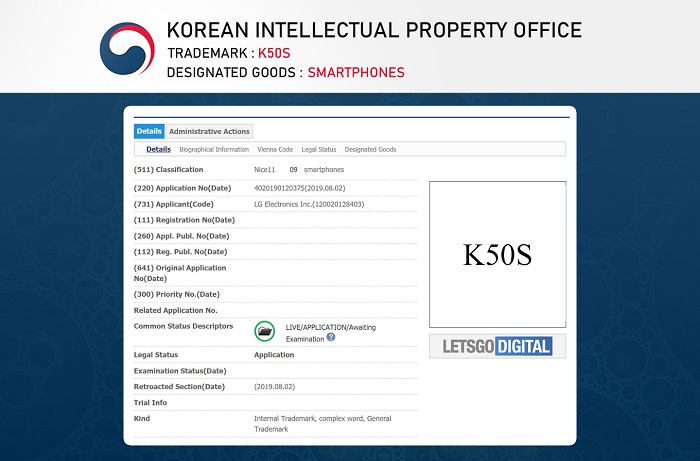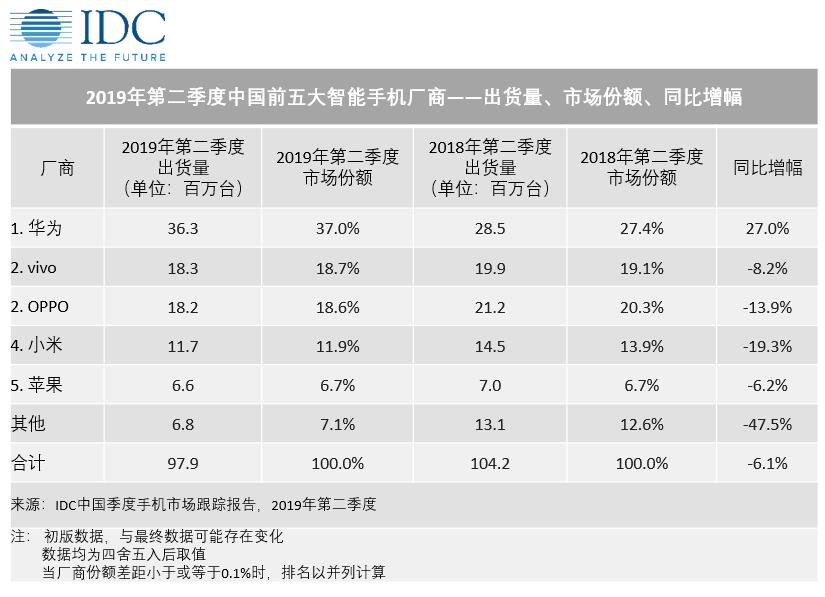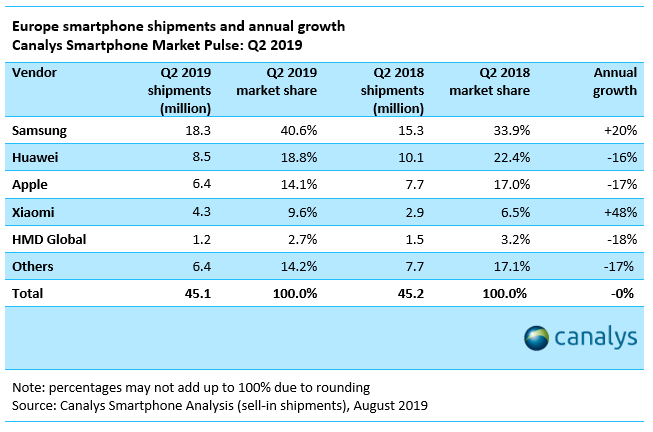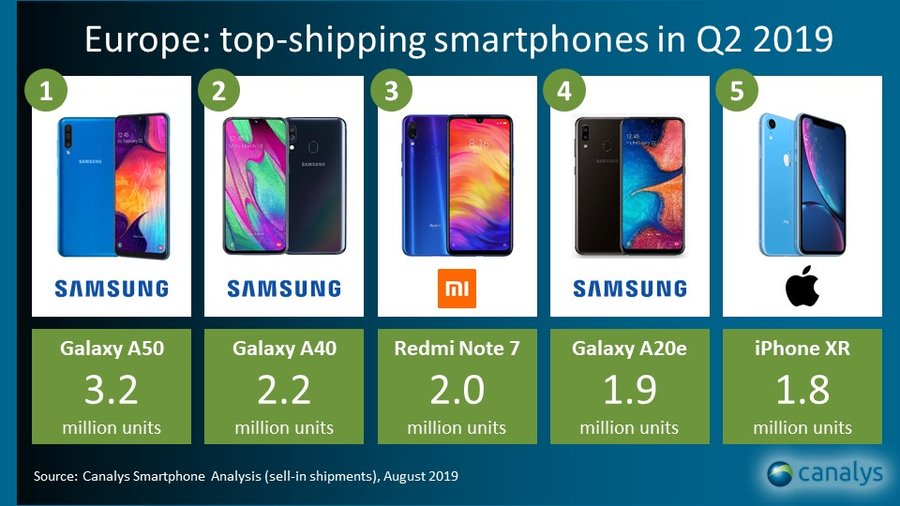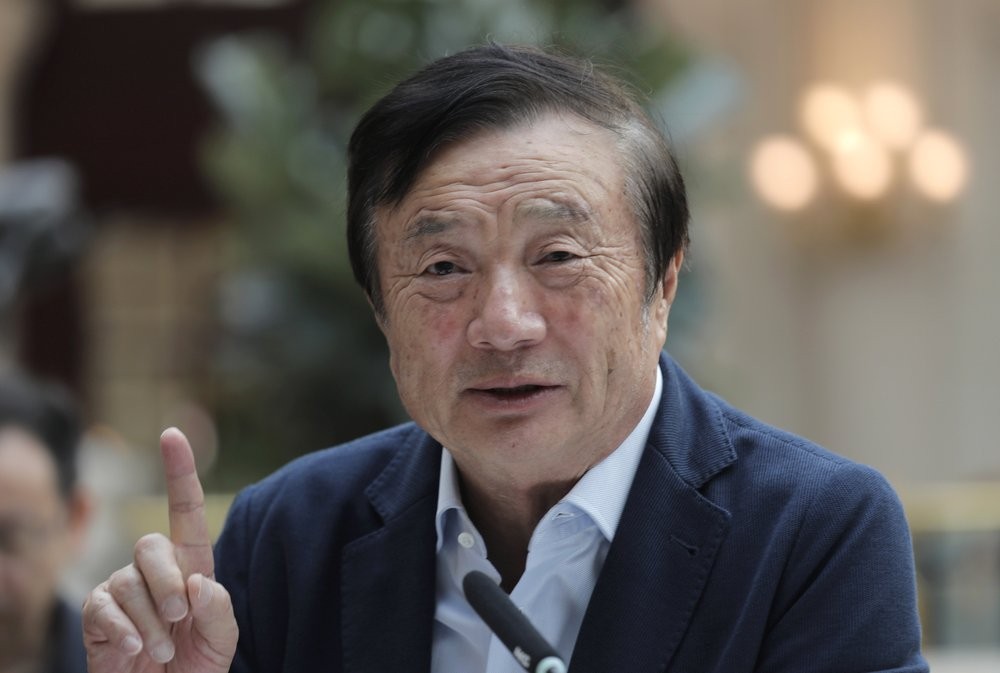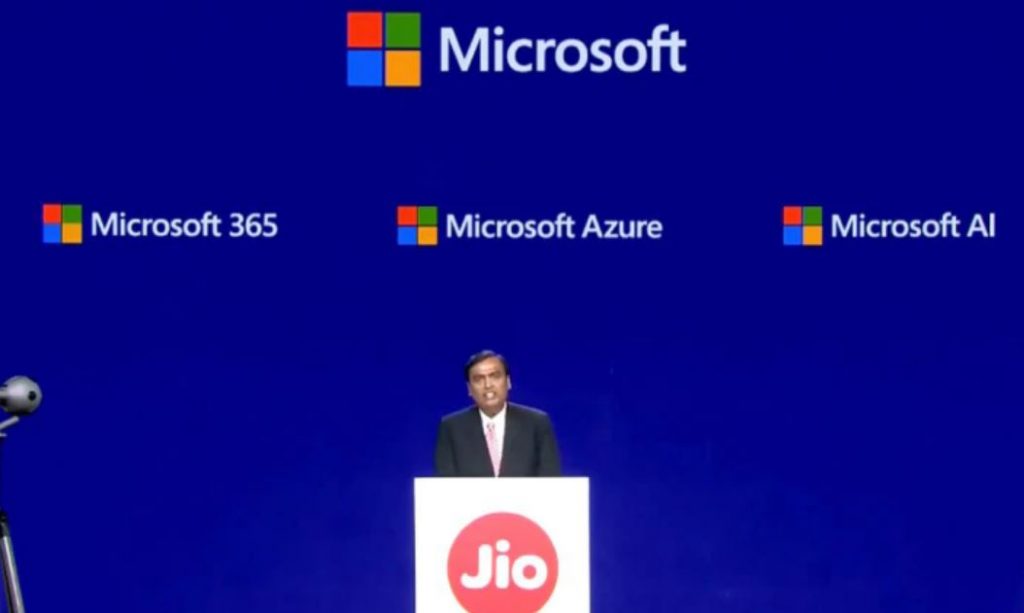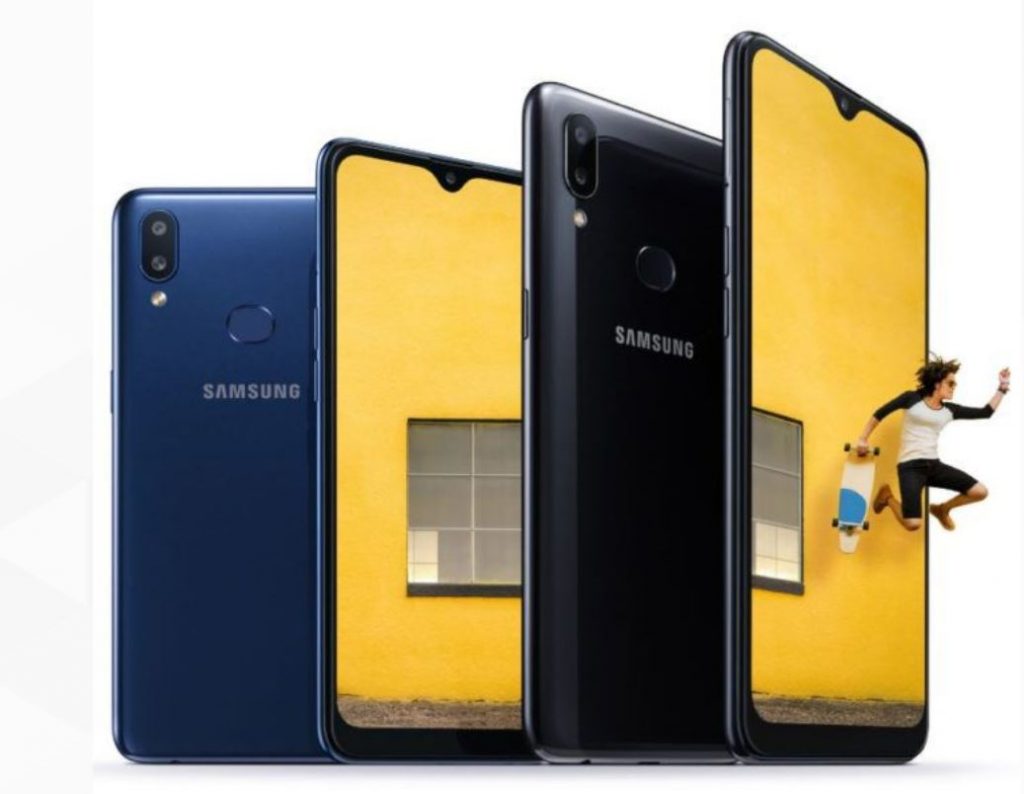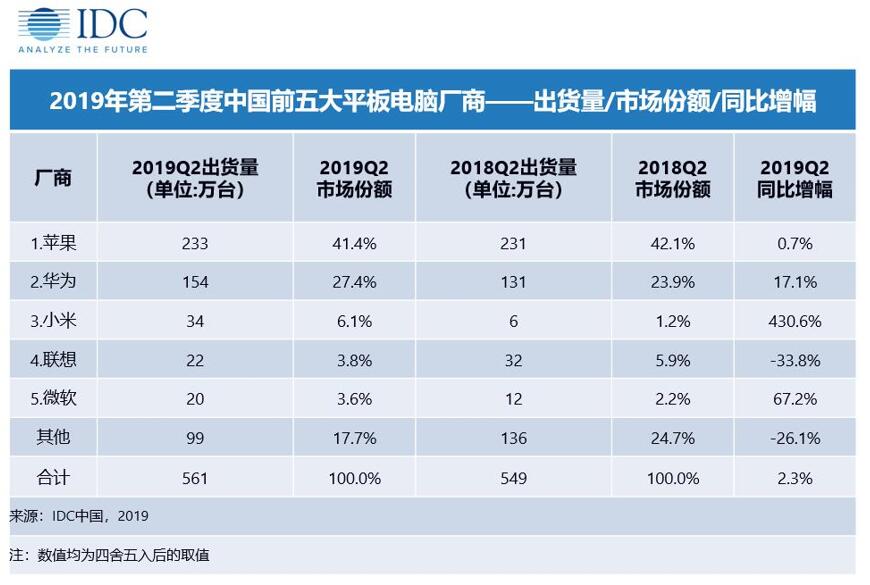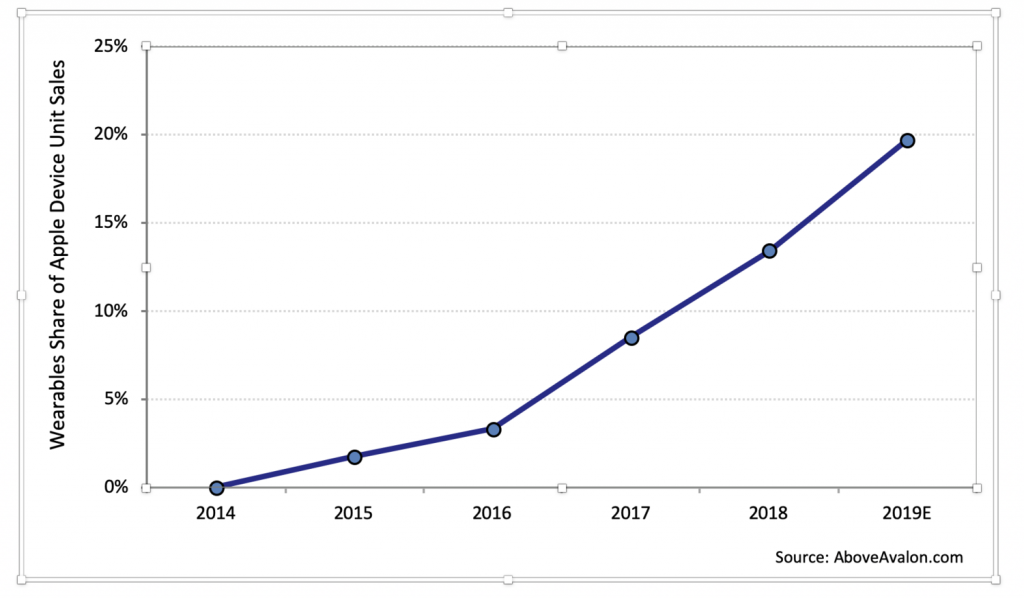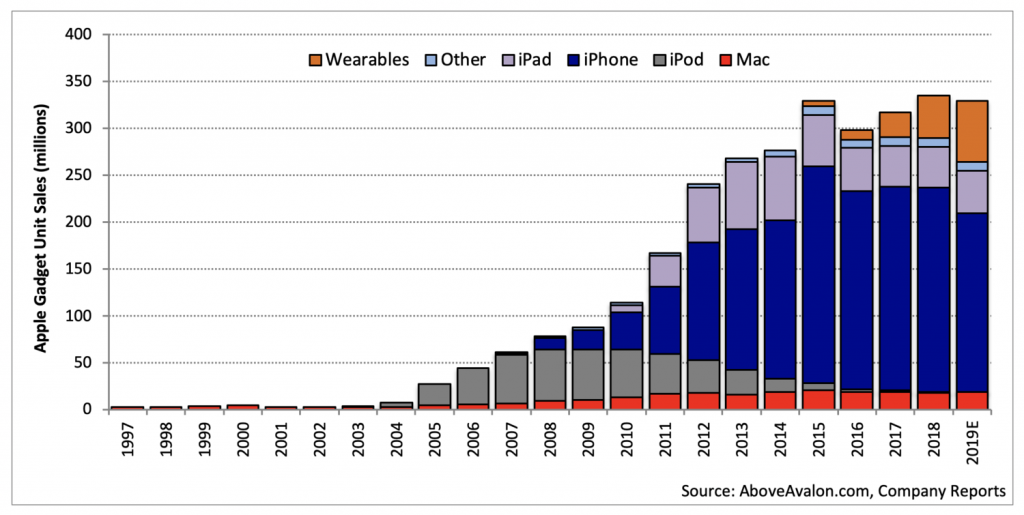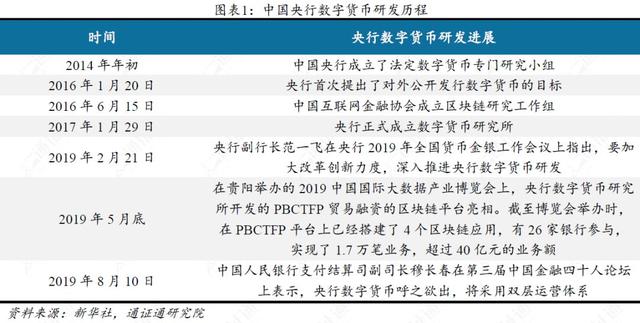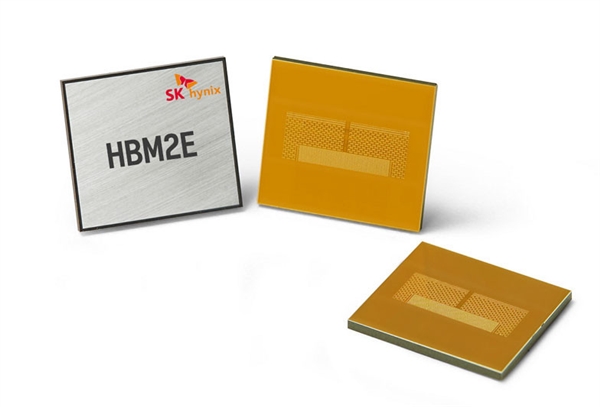
08-13: Tianma construct a CNY48B (USD6.8B) Gen-6 flexible AMOLED factory in Xiamen; Samsung has introduced 108MP Samsung ISOCELL Bright HMX; etc.
Chipsets
Belgian company is reportedly supplying Samsung Electronics with photoresists and the Belgian company is likely to be EUV Resist, a 3-year-old joint venture established by Japanese company JSR and Belgian research center IMEC. The largest shareholder in the joint venture is JSR Micro, which is JSR’s subsidiary located in Belgium. (CN Beta, Asia Nikkei, Teller Report, Business Korea)
Samsung Electronics plans to launch an integrated 5G chipset later 2019 to power upcoming 5G smartphones while decreasing size and power consumption. When the 5G chips are ready, they are expected to be installed on Samsung’s mid-range Galaxy S series planned for 2020. Qualcomm and MediaTek plan to launch integrated 5G chips early 2020. (CN Beta, Korea Times, Mobile World Live)
IHS Markit has evaluated at least 6 early 5G smartphones from Samsung, LG, Xiaomi, Oppo, OnePlus and Huawei; and performed thorough teardowns analysis to identify the core 5G wireless components and system design. IHS notes that Huawei’s reliance on one 5G/4G/3G/2G modem rather than two separate 5G and 4G/3G/2G modems is the way forward, as it enables convergence of both the modem and related parts such as radio-tuning RF front ends and radio antennas. IHS expects that the next step — integration of 5G/4G/3G/2G multimode modems directly inside smartphone SoC processors — will take place in 2020. (IHS Markit, press, VentureBeat, CN Beta)
Touch Display
Xiaomi’s first foldable smartphone could feature a triple camera module at the rear, suggests a patent by the brand. The device has two large hinges, which will allow the screen to fold with ease without damaging it. When using in the folded mode, the device appears to have a smaller single display at the front and two screens on the back. (CN Beta, 91Mobiles)
Tianma Microelectronics construct a CNY48B (USD6.8B) Gen-6 flexible active-matrix organic light-emitting diode display factory in south-eastern China’s Xiamen as the Chinese firm’s second such production base in order to enhance its positioning in terms of high-end displays. The production line, expected to be completed in 30 months, is anticipated to process 48,000 sheets of flexible display substrates with the large size of 1,500×1,850mm per month. (My Drivers, Yicai, Yahoo)
Camera
Samsung Electronics will supply Chinese smartphone makers Xiaomi and OPPO with ultrahigh-resolution image sensors, bringing the South Korean group one step closer to global leader Sony in the market for camera sensors. According to IHS Markit, Samsung holds a 20% share of the global CMOS sensor market. (Asia Nikkei, Asia Nikkei CN, CN Beta)
Samsung has introduced 108MP Samsung ISOCELL Bright HMX. Being the first mobile image sensor to adopt a large 1/1.33” size, the HMX can absorb more light in low-lit settings than smaller sensors and its pixel-merging Tetracell technology allows the sensor to imitate big-pixel sensors, producing brighter 27MP images. (CN Beta, Android Authority, Samsung)
Meitu has announced that in order to further meet the user’s professional needs, it has cooperated with Huawei to provide access to System-level camera algorithms. (Gizmo China, IT Home)
Meitu has clarified that Huawei’s cooperation with Meitu is that Meitu can use Huawei multimedia capabilities to enhance the performance of Meitu App camera function on Huawei mobile phones, instead of Meitu’s algorithm integrated into Huawei. Among the native cameras, Huawei does not use Meitu’s any imaging technology. (CN Beta, Sina, My Drivers)
Memory
SK Hynix has developed HBM2E DRAM product with what it calls the industry’s highest bandwidth. The new HBM2E boasts approximately 50% higher bandwidth and 100% additional capacity compared to the previous HBM2. SK Hynix’s HBM2E supports over 460GB per second bandwidth based on the 3.6Gbps speed performance per pin with 1,024 data I/Os. (CN Beta, AnandTech, Digitimes)
Material
Samsung Electronics’ president of the mobile communications business Koh Dong-jin has revealed that “Japan’s export restrictions have not affected new product plan for 2H19, but if it continues for 3-4 months, smartphone materials such as printed circuit boards (PCB) will inevitably be affected and the situation will be very difficult”. (CN Beta, The Elec)
Phone
President of the Mobile Communication Business at Samsung Electronics, DJ Koh has revealed that Samsung will ship at least 300M units of smartphone in 2019. He has emphasized that market share is the lifeline of the corporate, and its importance is higher than profit. (CN Beta, IT Home, My Drivers, The Elec)
LG has trademarked 2 new monikers for the smartphones — LG V60S and LG K50S. Up to now, LG has already launched 3 high end phones, which are V50, G8 and G8S. (CN Beta, LetsGoDigital, GSM Arena, Gizmo China)
According to IDC, smartphone shipments in China stood at 98M units in 2Q19, down 6% from the same period last year. This was better than expectations of an 9% contraction. In only 1.5 months, Huawei was able to further strengthen its position in China and grab market share from other players in China. (IDC, press, CN Beta, IDC, press)
According to Canalys, Samsung rocketed to over a 40% market share in Europe in 2Q19, its highest for 5 years, as it shipped 18.3M smartphones. It has brought a blitz of competitive new devices to market, focusing on its A series, which accounted for over 12M units. Its top 4 models in this range, the Galaxy A10, A20e, A40 and A50, together shipped more units than any other vendor in Europe managed with their entire range of smartphones. (Android Authority, Canalys, press, Canalys)
Huawei’s founder and CEO, Ren Zhengfei, has revealed that he is busy working on a restructuring that will take 3~5 years to complete. At the end of that time period, Ren wants Huawei to be completely self-sufficient. (Phone Arena, Bloomberg, Afinance, DWNews)
Reliance Jio has entered into a partnership with Microsoft. Reliance will set up a network of large world class data centres across the country which will be powered by Microsoft’s Azure cloud platform. The long-term partnership combines the power of Azure, Azure AI and Office 365 with Jio’s connectivity and digital solutions. (Microsoft, India Today, PRNAsia)
Samsung Galaxy A10s is announced – 6.2” 720×1520 HD+ TFT Infinity-V, MediaTek Helio P22, rear dual 13MP-2MP + front 8MP, 2+32GB, Android 9.0, rear fingerprint scanner, 4000mAh, INR7,999 (est.) (CN Beta, GSM Arena, Samsung, Neowin)
PC Tablet
According to IDC, Tablet shipments climbed 2.3% from the previous year to 5.6M units, boosted by promotions of major e-commerce platform. Retail sales made up 80% of the market at 4.5M units, rising 8% over the previous year. Business-to-business deliveries dropped 15.2% to 1.2M units in the quarter. Apple iPad shipments amounted to 2.3M units, increasing 0.7%. (CN Beta, IDC, press, Yicai)
Wearables
Apple is currently selling approximately 70M wearable devices per year. This includes 30M Apple Watches and more than 30M AirPods. According to the Above Avalon analyst Neil Cybart, on a revenue basis, Apple’s wearables business is now at a USD16B annual run rate growing at 55%~60%. At the current pace, wearables will surpass both the iPad and Mac near the end of 2020 to become the third largest product category behind iPhone and Services when looking at revenue. (Phone Arena, Above Avalon, 9to5Mac, GSM Arena)
Fintech
Mu Changchun, Deputy Chief in the Payment and Settlement Division of the People’s Bank of China (PBOC) has announced that the country will soon roll out its central bank digital currency (CBDC). He has stated that the CBDC prototype exists and the PBOC’s Digital Money Research Group has already fully adopted the blockchain architecture for the currency. (Engadget, The Block, CN Stock, Sina)
